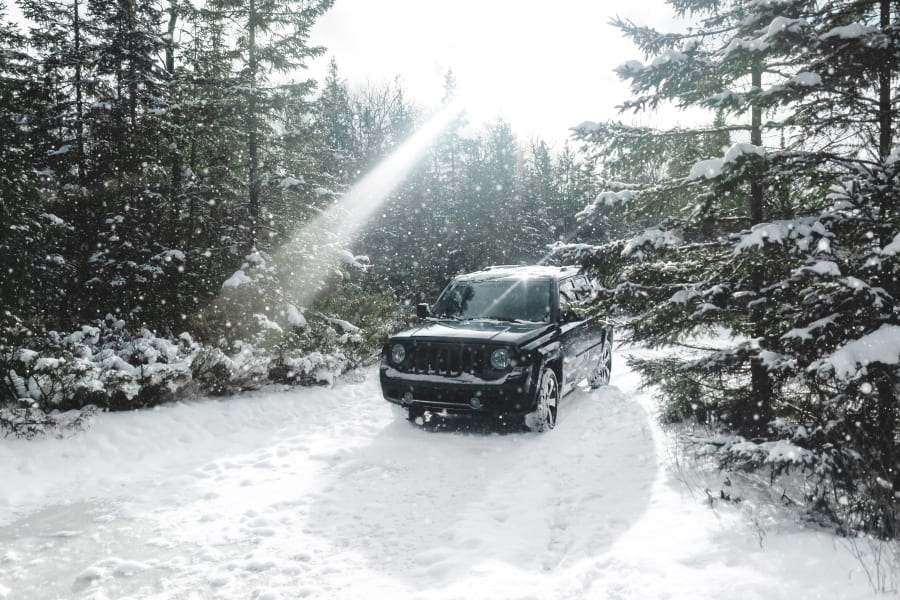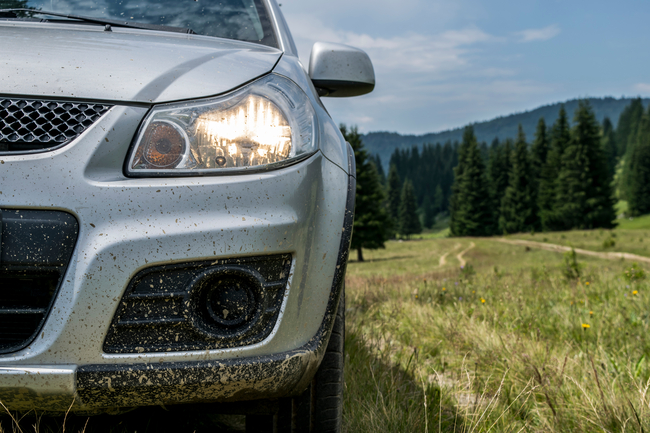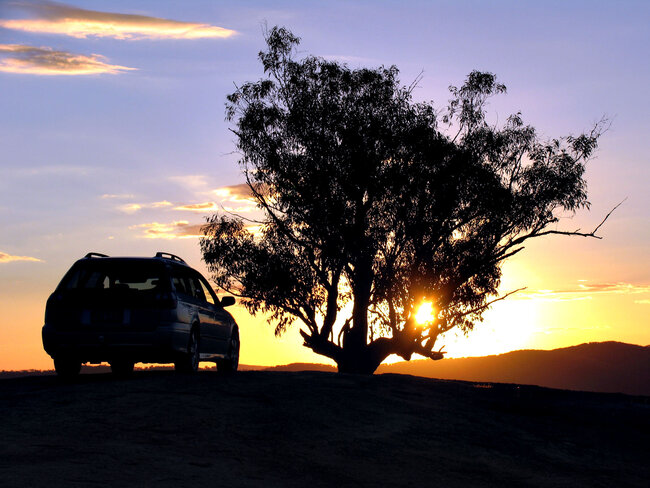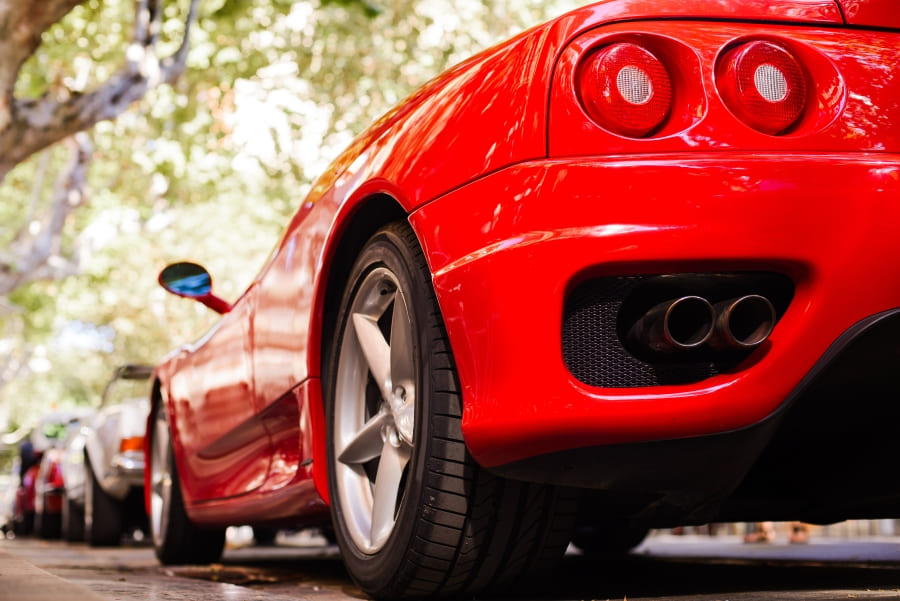
4WD is a term used by most car manufacturers to describe four-wheel-drive systems. The terms AWD and 4×4 are also used. In 4WD cars, the engine torque can be transferred to all four wheels at once. This helps to improve off-road capability and handling on slippery surfaces. Vehicle manoeuvrability is also improved, allowing the driver to negotiate sharp turns at high speeds.
How 4WD works
The system design can differ from vehicle to vehicle where it is installed. The common elements are: a transfer case, a propeller shaft, front and rear wheel differentials, and axle shafts.
The transfer case distributes engine torque between the axles. A low range gear is often mounted in its housing. This gear is used when it’s necessary to significantly increase the torque coming from the engine.
Depending on the type of 4WD, the front and the rear axles can be connected in different ways. A sliding collar is installed on cars with part-time 4WD. It can be engaged by a button which activates an electric motor or by a lever. In a certain position, the collar engages the corresponding gears, thus rigidly connecting the axles. As a result, they start rotating at the same speed, regardless of road traction.
Transfer cases in full-time 4WD cars include a centre differential. It can be a limited slip differential or an open differential. The latter can be locked either electronically or mechanically. This makes it possible to redistribute the engine torque to the wheels with better traction.
In case of AWD, the second axle is engaged by a viscous or friction clutch. It is activated by a gerotor pump or electric motor.
4WD on various cars
| Name | Type | Operating modes | Features | Cars equipped with this drivetrain |
| Command-Trac | Part-time | 2WD: only the rear axle is engaged.4WD: both axles are rigidly connected.Low: 4WD and a low range gear are engaged.N: both axles are disconnected from the transfer case. | There is no centre differential.4WD can only be used off-road.A lever or a rotary switch can be used to switch between modes. | Jeep Cherokee XJ, KJ, SJ; Grand Cherokee ZJ; Comanche MJ; Liberty KJ; Wrangler YJ, TJ, JK, JL; Wagoneer SJ. |
| M xDrive | Full-time with 2WD function | 4WD: active distribution of power between the axles.Sport: all-wheel drive with sport setting.2WD: only the rear axle is engaged. | A multi-plate friction clutch with electronic control is used as a centre differential. The degree to which it is locked affects the distribution of the torque between the axles. It is adjusted by a stability control system. | BMW М5 F90. |
| Quattro generation V | Full-time 4WD | An asymmetrical limited slip Torsen T-3 differential distributes the engine torque in a specific ratio. When locked, it is able to equalise the rotation speed on both axles. | Audi RS4 B7 8ED; S6 C6 4FH. | |
| Super Select | Full-time with 2WD function | 2H: only the rear axle is engaged.4H: a viscous clutch limits the torque distribution between the axles.4HLc: the centre differential is locked.2LLc: the centre differential lock and the low range gear are engaged. | A transfer case offering three operation modes and a low range. An inter-axle locking differential with viscous clutch is mounted inside. Mechanical locking is also possible. | Mitsubishi L200 KA, KB; Pajero Sport KH, KG; Pajero Pinin V60. |








Comment